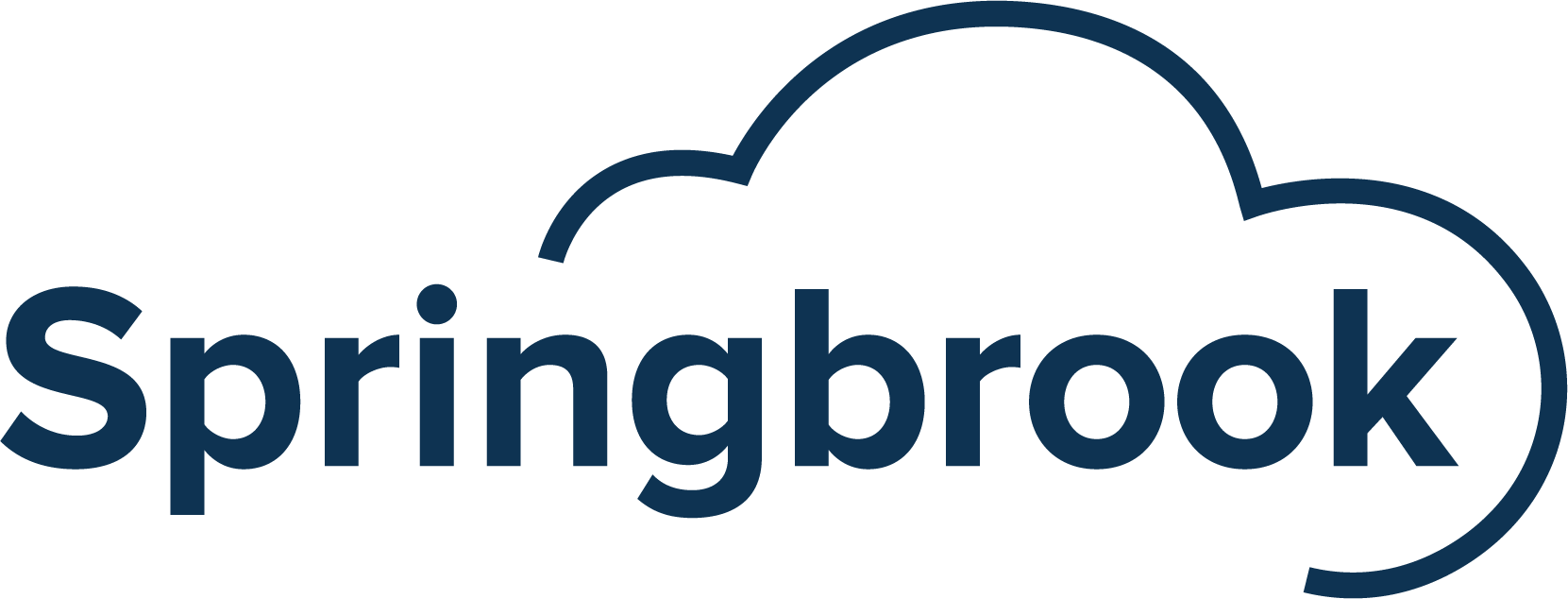Today’s government budgets are under more strain than ever as finance directors grapple with shrinking revenues, a reduction in tax income, and increased demand for large-scale investments in housing, support services, technology, and more. Revenues have always been critical for funding essential government services that citizens depend on. But, traditional revenue structures, largely based on assumptions that no longer hold true, are not aligned with the realities of a modern economy increasingly shaped by digitization, globalization, and demographic changes.
As a result, there is a pressing need to rethink existing revenue frameworks and bring them more in line with modern economic realities without placing additional burdens on taxpayers. As fairness is becoming an increasingly important concern among citizens, balancing strained budgets and ensuring efficiency in funding essential public services such as schools, infrastructure, and emergency response will be imperative.
Amidst these challenges, the role of local government finance directors is rapidly evolving. They are tasked with navigating the complexities of political and economic changes while managing increasingly intricate financial operations. In a continuously evolving public finance landscape, finance directors must remain agile, adapting to address emerging challenges and seize new opportunities.
Innovative technology is essential for tackling the obstacles created by this increasingly complex economic environment. So, join us as we explore the most pressing challenges facing government finance officers in 2024 and delve into the solutions offered by modern technology services.
Shrinking Revenues
Navigating the delicate balance between dwindling revenues and growing expenses is a well-known challenge in fiscal management. But in state and local government, this issue is more pressing than ever, as shrinking budgets, surging service demands, and unfunded mandates put immense pressure on finance officers.
In 2023, coffers flush from federal stimulus packages fueled large-scale modernization projects across various sectors. But despite the stride made in project implementation, the tide of federal funds is receding, and the return to pre-pandemic spending norms looms large as federal support is slated to dry up by the close of 2024.
Revenues are also in sharp decline as tax policies struggle to keep pace with the evolving economic realities, causing declines in sales, income, and real estate tax collections. For example, only recently have sales taxes been applied to online sales. Consumer trends have also shifted toward services, which tend to be exempt from sales tax. Additionally, much of the value created in the modern economy does not involve property, prompting calls from organizations like the Government Finance Officers’ Association (GFOA) to overhaul revenue systems.
Adding to these challenges are tax cuts implemented across red and blue states in recent years. According to Jared Walczak, vice president of state projects at the Tax Foundation, this is “a trend that stands out in recent history. We’ve never had a period with that many [state tax cuts] in such a short time.”
Amidst these challenges, government finance officers must also manage continuously increasing costs. Local governments face mounting pressure to allocate resources toward critical areas such as public programs, infrastructure, education, and capital projects. The rising threat of natural disasters and cyberattacks also necessitates proactive measures to safeguard communities, often at a significant cost. Fulton County, GA’s recent approval of a $10.2 million internal software system upgrade following a ransomware attack serves as a stark reminder of the financial implications of such threats.
As a result, many government finance officers are forced to closely examine their strained budgets and strategically reprioritize spending. Tweaking personnel budgets and capital improvement plans may be necessary to reallocate resources efficiently and in alignment with evolving priorities and constituent needs.
How Technology Can Help
In this challenging landscape, modern Enterprise Resource Planning (ERP) software, such as Springbrook’s Cirrus, offers crucial tools for government finance officers to balance budgets, manage revenues, and track spending amidst volatile economic conditions. It allows organizations to construct flexible budgets capable of adapting to multiple scenarios to address uncertainties and rapidly changing conditions.
One of the key advantages of modern ERP software lies in its robust analytics and reporting capabilities, developed to assist finance officers in their decision-making processes. By leveraging advanced analytics tools, organizations can gain deeper insights into their financial data, identify trends, forecast future outcomes, and make informed decisions. By simplifying the visualization of economic plans, ERP software allows finance officers to understand the implications of different budgetary decisions better, identify areas of improvement, and make the most of limited resources.
Staffing Shortages
In addition to shrinking revenues, finance departments across the government sector also grapple with significant staffing shortages, leading to bottlenecks and potential delays in delivering essential services to constituents. Staffing has long been a challenge in government operations, where salaries typically trail behind those offered in the private sector, and experience requirements can be disqualifying for many candidates. Despite concerted efforts to lower entry barriers into government employment, the current competitive labor market exacerbates the challenge of recruiting qualified personnel. Many cities, counties, and states find themselves vying for talent against better-paying private-sector firms.
This shortage is keenly felt in finance departments, particularly as many organizations continue to rely on traditional manual processes to manage their financial operations. Consolidating spreadsheets, data entry across multiple platforms, and labor-intensive tasks like reconciling budgets for errors and broken formulas can exacerbate the problem. Without streamlined software solutions, finance officers will struggle to navigate these tedious tasks, hampering their ability to operate efficiently and deliver timely financial insights.
How Technology Can Help
Advanced finance ERP systems can help ease the strain of an increasingly complex process on the existing government workforce. By adopting better technology tailored to the specific needs of the public sector, organizations can automate routine tasks, such as invoice processing, bank reconciliations, and other data entry work, streamlining workflows across departments and freeing resources for more strategic initiatives.
These software solutions also provide governments with valuable insights into their financial and operational performance and eliminate manual processes, reducing the risks associated with employee errors while promoting accountability and compliance.
By opting for a cloud-based, multi-tenant software solution, local government agencies can also relieve their IT department -likely also understaffed- of the burdens of infrastructure management while benefiting from the security, scalability, and cost efficiency inherent in a cloud-based multi-tenant environment.
Data-Centric Processes
As analytics play an increasingly important role in every aspect of government operations, finance directors are also expected to leverage the wealth of information available to them. Using advanced reporting tools, they can extract actionable insights from financial data for informed decision-making.
Using analytics in policy-making processes offers numerous benefits. Data analysis can reveal hidden patterns and trends, providing invaluable insights for refining policy decisions. It can also reduce the risk of unintended consequences. Predictive analytics, in particular, play a crucial role in enabling governments to implement sustainable, long-term policy changes by accurately forecasting future trends and outcomes.
As many local government entities deal with increasingly complex financial operations, analytics empower finance officers to understand their revenues and expenses comprehensively and respond proactively to emerging challenges.
How Technology Can Help
A modern ERP software solution provides finance officers with a comprehensive, interactive view of programs, budgets, and overarching trends across the entire agency. By consolidating data from various sources, these systems provide quick access to information, and transform complex datasets into clear, visual insights, easy to share with stakeholders.
Leading ERP platforms, such as Springbrook’s Cirrus, also feature advanced grant management modules. These modules efficiently gather transactional data from different software modules and generate comprehensive reports summarizing project information, simplifying financial management tasks for agencies of all sizes.
With comprehensive agency visibility and intuitive reporting tools, finance officers can effectively manage budgets, programs, and projects while ensuring transparency and accountability across the organization.
Increased Demand for Transparency
In a time marked by dwindling trust in government institutions, commitment to transparency has become paramount, particularly when it comes to how governments spend taxpayer dollars. Citizens are increasingly engaged in the budgeting process, and there is a growing demand for clear communication that holds government entities accountable for their fiscal responsibilities.
Finance directors are expected to be more in tune with the needs of their local community. As the gatekeepers to important data, they play a pivotal role in ensuring transparency and accountability when citizens seek to better understand the information that underpins key policies and spending decisions.
How Technology Can Help
A modern ERP solution offers robust reporting and analytics features that enable local governments to effectively communicate their financial narrative to the community. With powerful data visualization tools, complex fiscal data can be turned into visually engaging infographics that are both user-friendly and easily comprehensible for all stakeholders.
By leveraging these advanced capabilities, local governments can educate the public about the challenging decisions elected officials face, particularly during fiscal crises. Investing in public education initiatives can enhance citizens’ understanding of complex public policy issues, fostering more informed and constructive discussions about government spending.
Distributed Work Models
Local governments have also been moving toward more decentralized and distributed models of work, leading to siloed departments that operate independently without a clear understanding of their role within the overall organization. In addition, many agencies are turning to joint purchasing programs and contracts to pool resources and capitalize on economies of scale, creating new challenges for interdepartmental and interagency cooperation. In this context, effective internal communication is crucial. Fostering productive conversations amidst conflicting interests is imperative, particularly in a polarized political climate.
Now more than ever, finance directors are expected to collaborate directly with other organizational units beyond the traditional boundaries of the finance department. This requires strong management and leadership skills and the ability to navigate a distributed and hybrid work environment effectively.
How Technology Can Help
Cloud-based SaaS finance ERP solutions simplify collaboration dramatically. With an agency’s account and data stored safely in the cloud, decision-makers from different organizational units can access essential information and resources seamlessly from any location and any device. These solutions facilitate collaboration across departments while documenting the entire decision-making process.
In addition, amidst heightened political tensions during an election year, leveraging the robust analytics capabilities of a finance ERP can help steer conversations towards more objective grounds and enable informed, data-driven decision-making.
Long-Range Budgeting
As local government budgets continue to decrease, prioritizing requests and identifying the most optimized spending scenarios become crucial tasks for finance directors. States and municipalities need multi-year, multi-scenario forecasting to manage their budgets effectively. These agile budgets offer policymakers a more comprehensive view of future revenues and expenditures and enable them to make more informed decisions.
To safeguard their finances, organizations must also prepare for future periods of instability, such as economic downturns. Factors like rising material and healthcare costs, complexities in union negotiations, and pension obligations will all need to be considered. To address these variables, governments need complex forecasting that accounts for various contingencies, allowing for better decision-making regarding resource allocation.
But traditional spreadsheet-based planning methods can be inefficient for such a complex endeavor. Managing different scenarios often involves navigating through multiple tabs, countless formulas, and interconnected links and requires meticulous checking and double-checking with each change. Spreadsheets also lack the visibility needed to analyze and compare scenarios effectively, limiting their utility in financial planning.
How Technology Can Help
Modern ERP solutions, like Springbrook Cirrus, come equipped with advanced budgeting and forecasting modules that streamline long-term financial planning. These modules enable finance directors to create plans for various scenarios and funding streams quickly and easily and project the real-time impacts on Income Statements, Balance Sheets, and Management Reporting.
ERP software also offers powerful data visualization tools that simplify complex impact analysis. These tools allow users to explore critical information easily through multidimensional analysis and drill-down capabilities. By providing access to single-source, real-time data reporting, ERP solutions offer key decision-makers valuable insights to make informed decisions and track performance against goals effectively.
Today’s government budgets are facing unprecedented strain as finance directors deal with shrinking revenues, decreased tax income, and heightened demands for investments in various sectors. There is a pressing need to revamp existing revenue frameworks to match contemporary economic realities without overburdening taxpayers. But navigating the challenges posed by this ever-evolving economic landscape will not be possible without adopting cutting-edge technology.
Innovative ERP solutions used to visualize, analyze, and manage revenue streams, expenses, and budgets will play a key role as finance directors rethink traditional approaches to fiscal management and make more data-driven decisions. By leveraging these features, finance directors can gain a comprehensive understanding of their organization’s financial health and make strategic decisions with confidence. The seamless integration of budgeting, forecasting, and data analytics within modern ERP systems enhances efficiency, improves collaboration, and drives better financial outcomes for state and municipal governments.
By embracing modern finance ERP solutions, governments will be empowered to develop informed strategies, drive fiscal sustainability, and ensure equitable resource allocation for their citizens.
Learn how a modern ERP system can help your organization tackle emerging economic challenges in 2024 and beyond. Contact our team today to discover how we can streamline your operations!


